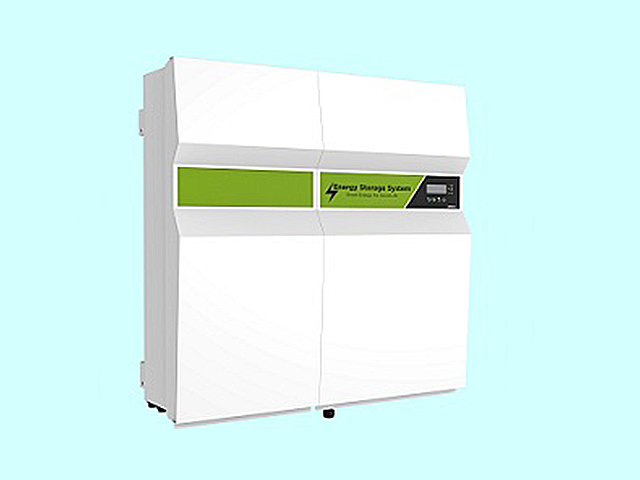
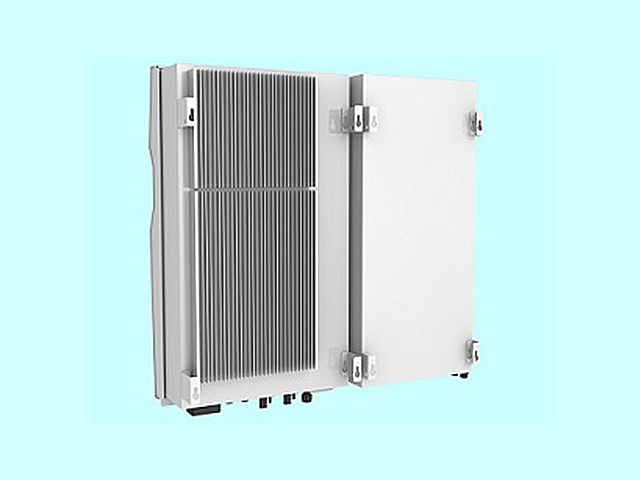
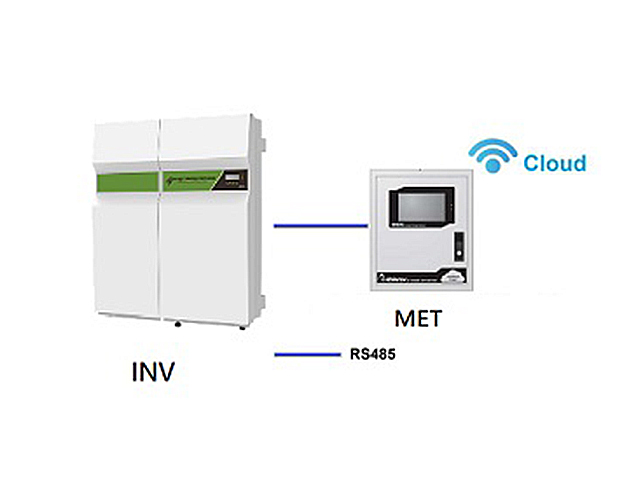
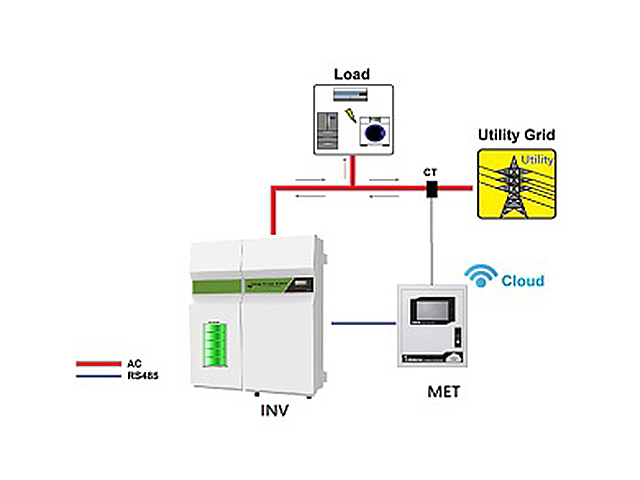
E.S.S - 3300
型號:儲能系統(E.S.S)
The Existing PV System as shown in Figure 1-1, shows solar power generated by the existing PV system is consumed by the load and excess solar power generated is feedback to the utility grid. This process reduces the amount of electricity purchase from utility grid during daytime and reduce electricity bill when charges are high.
The Ablerex ESS-3300provides two Control Strategy for Users to optimize the utilization of solar power:
1. Electricity Self-Consumption
2. Scheduling
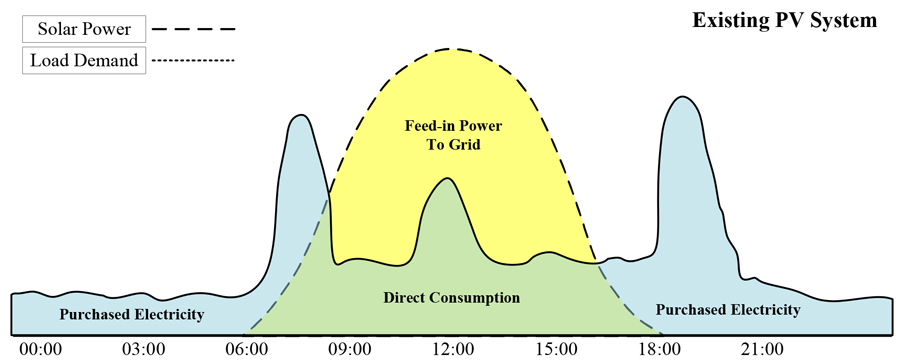
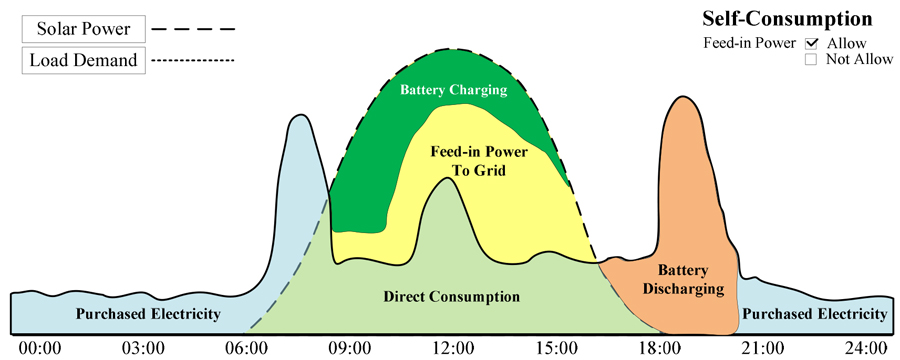
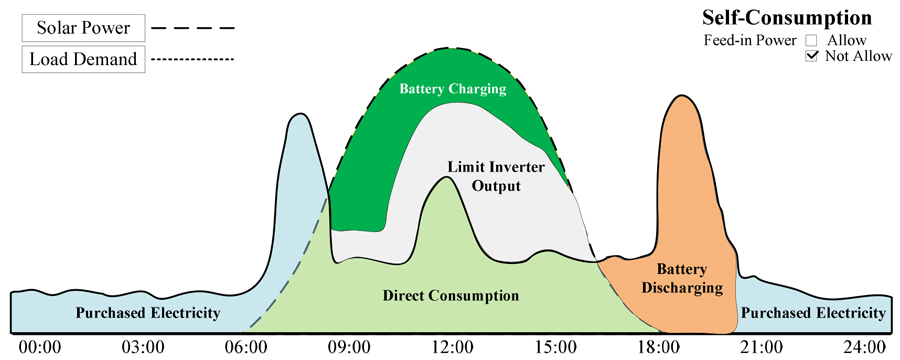
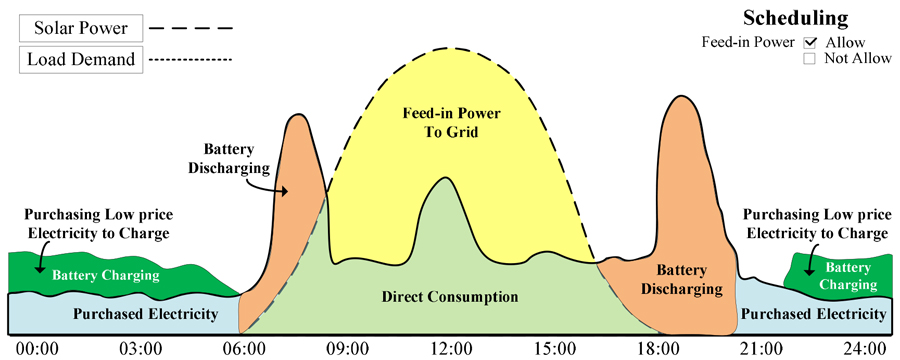
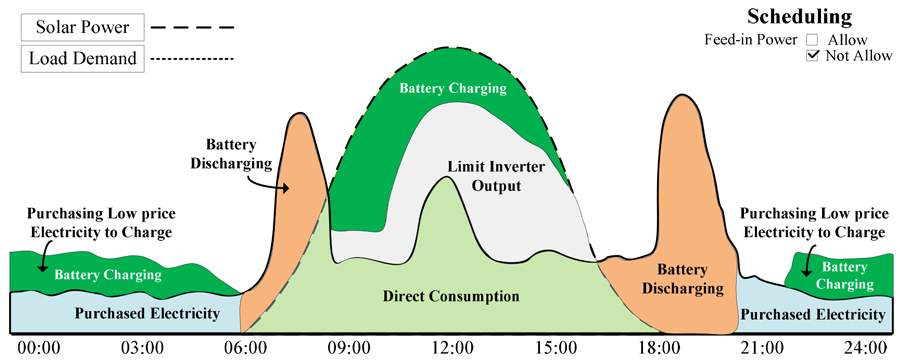
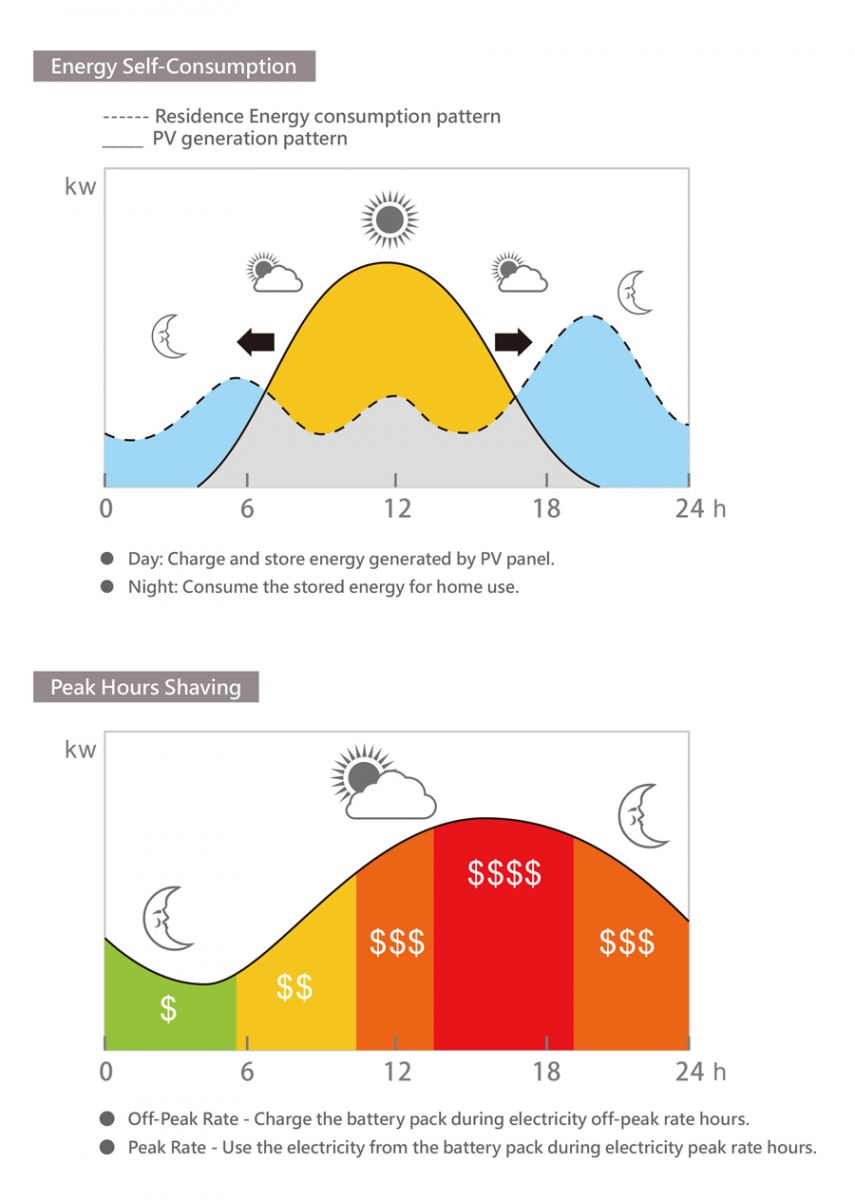
.jpg)
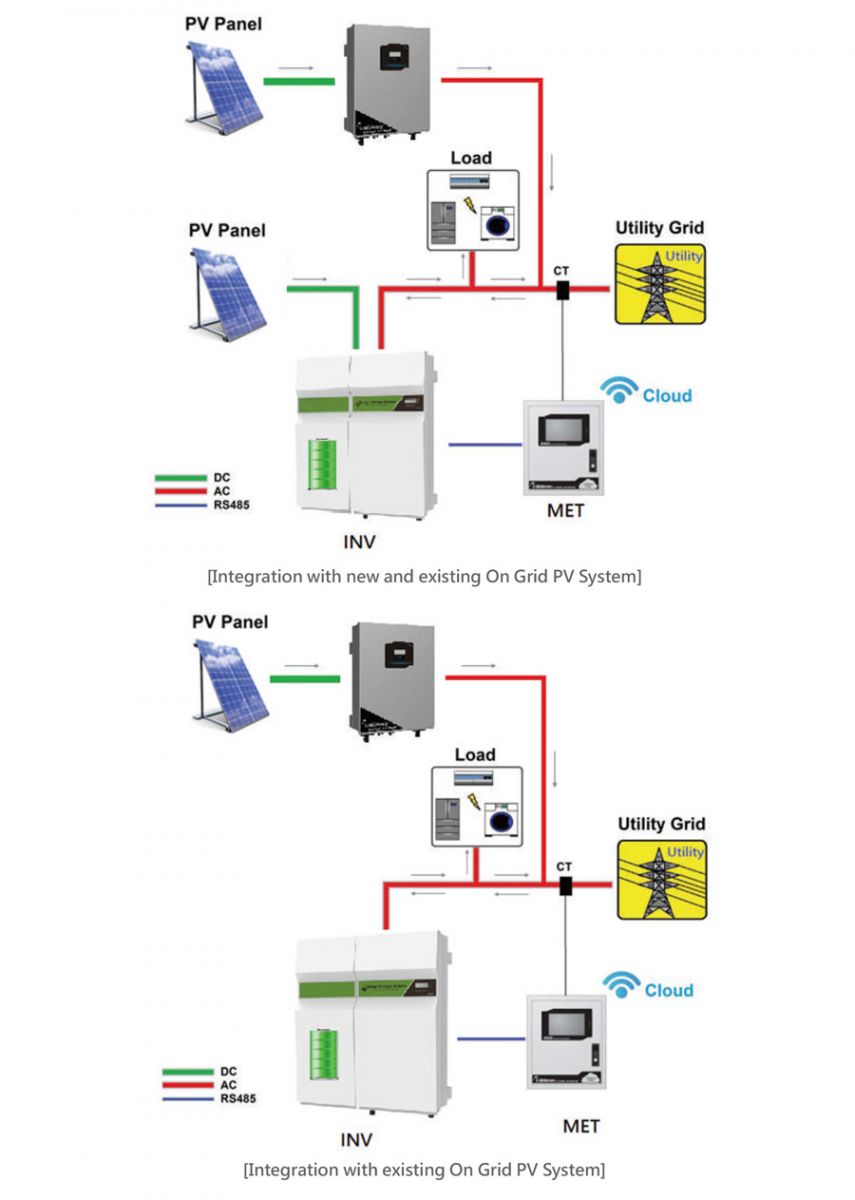
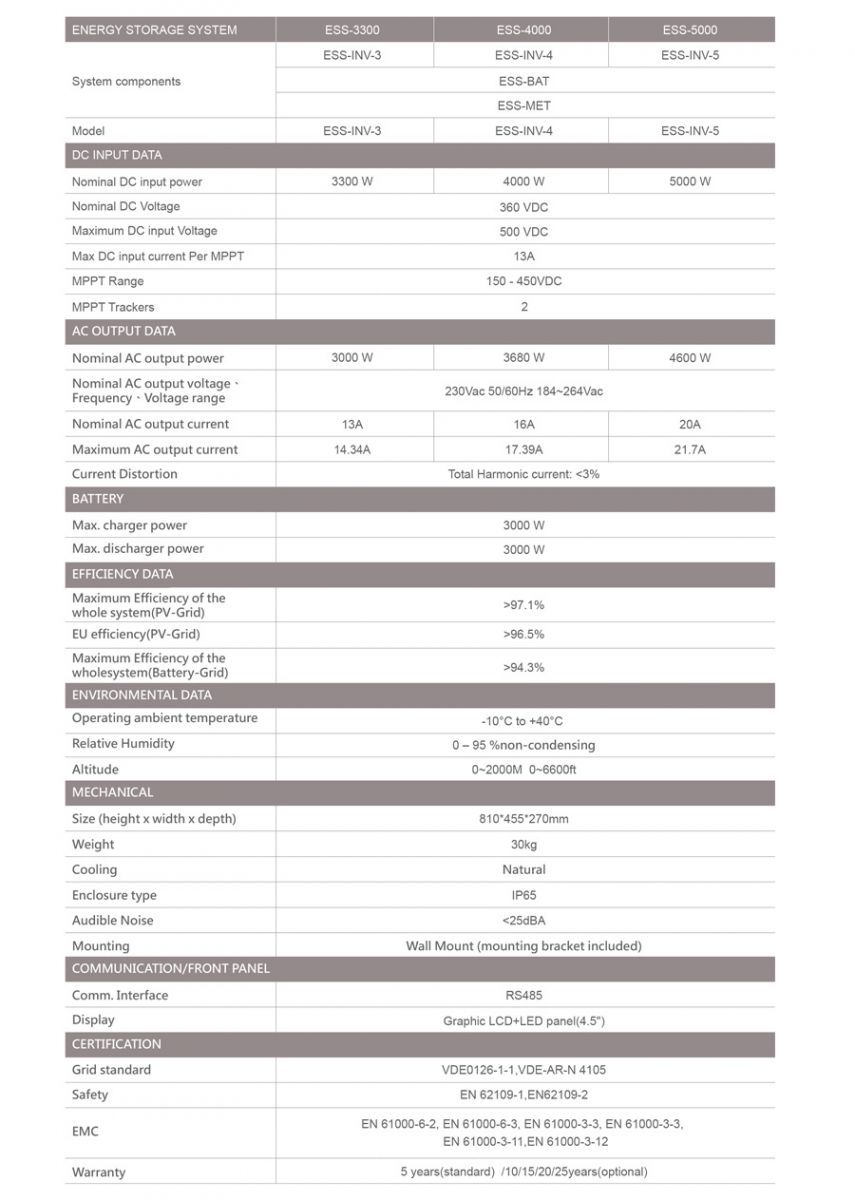
.jpg)